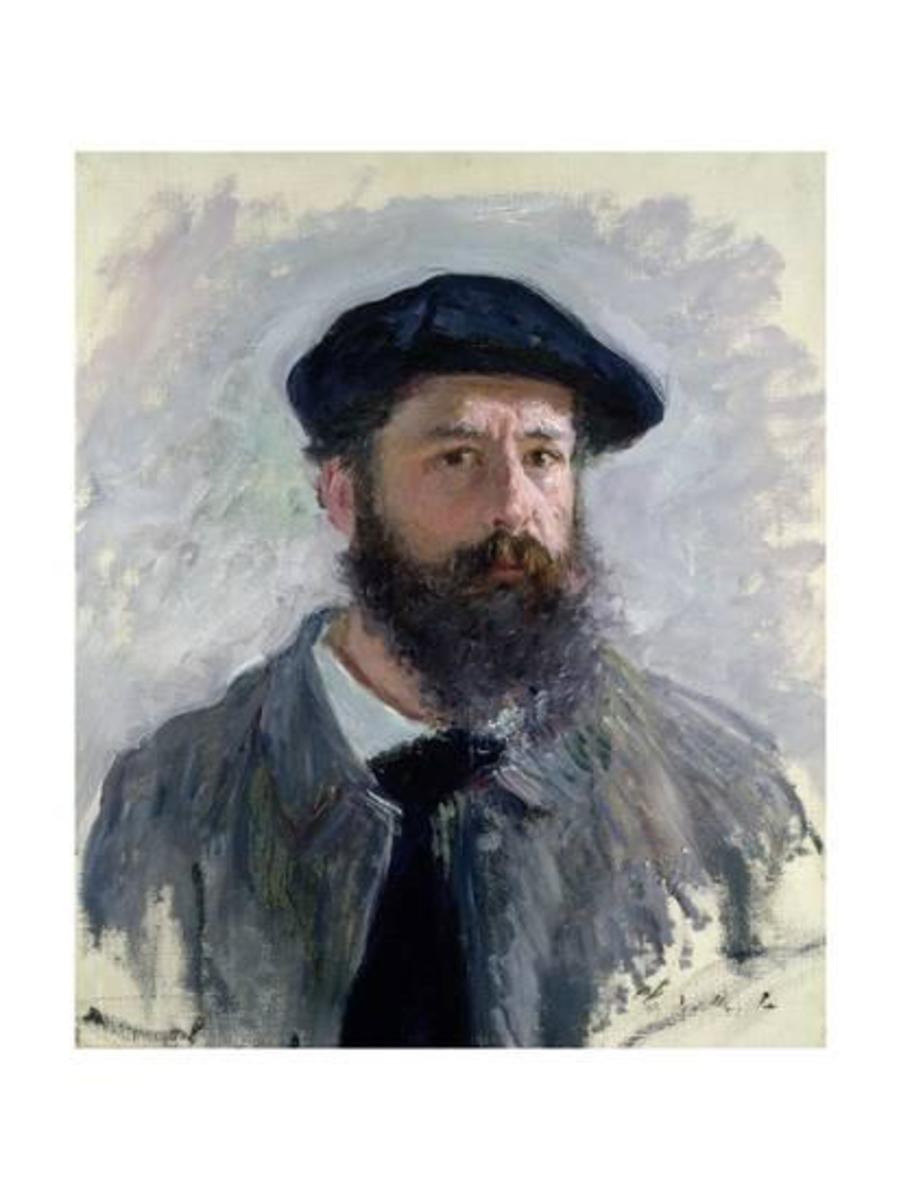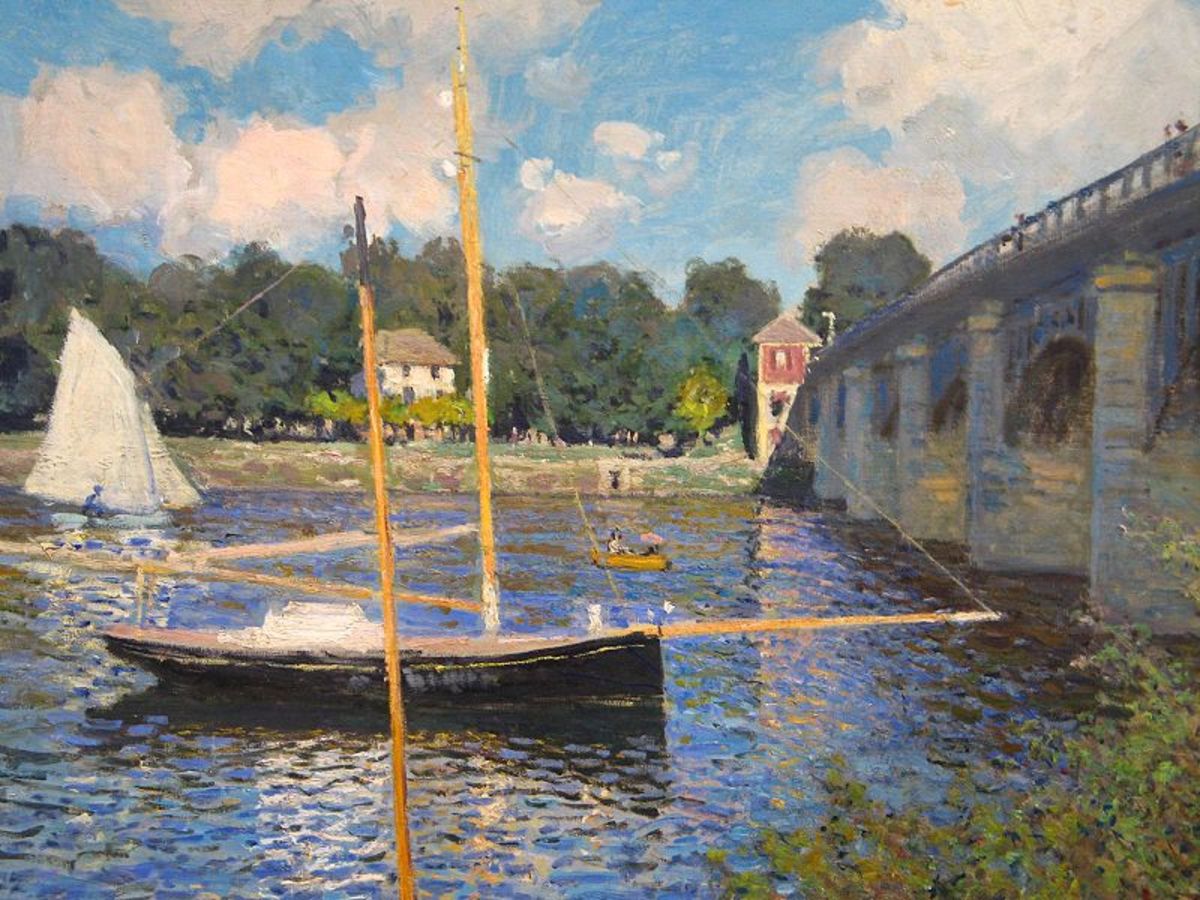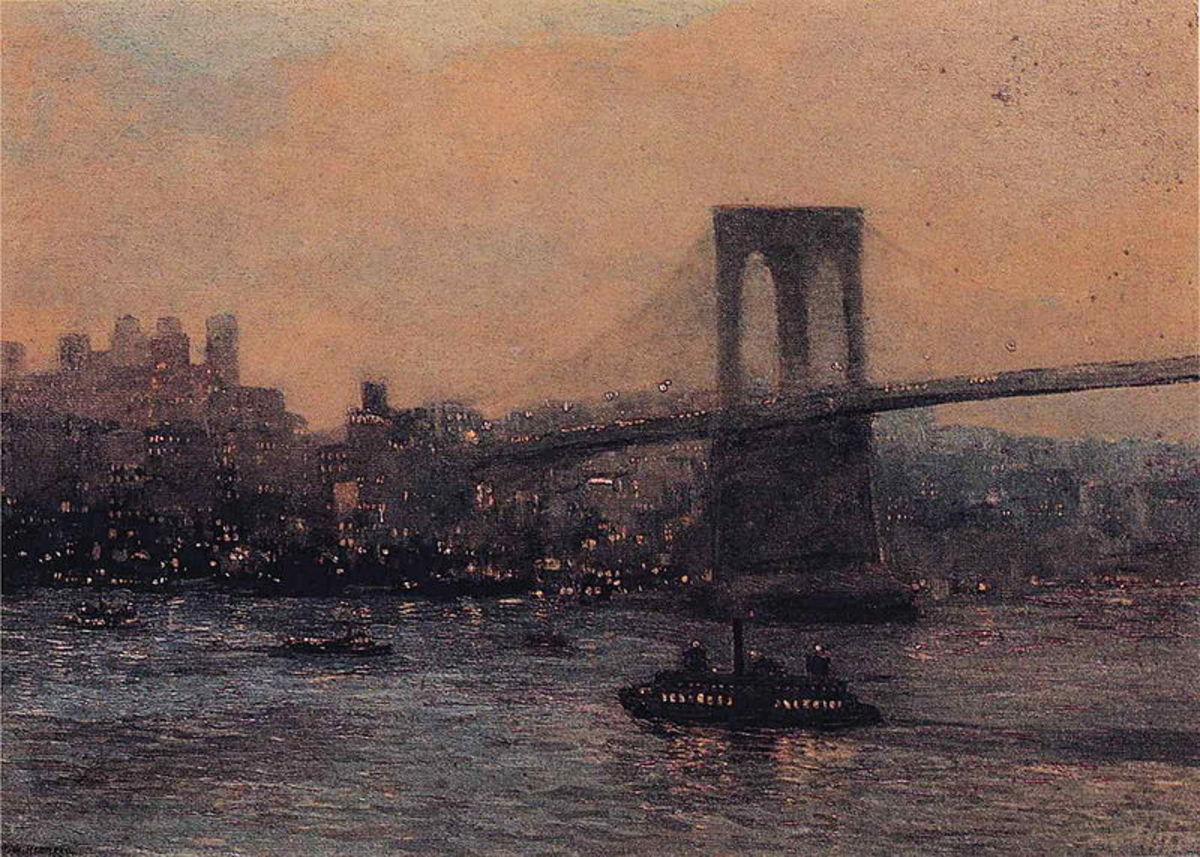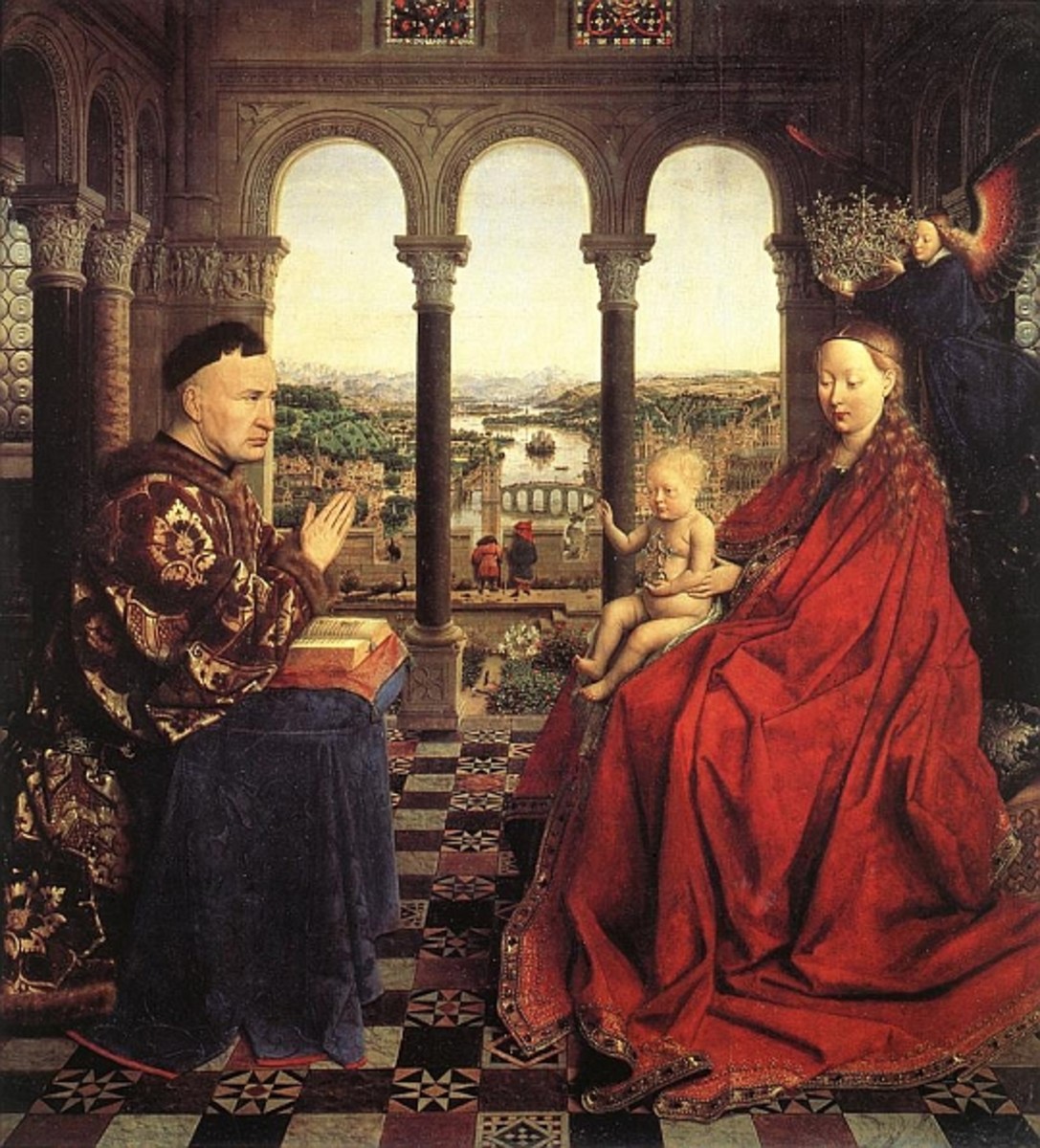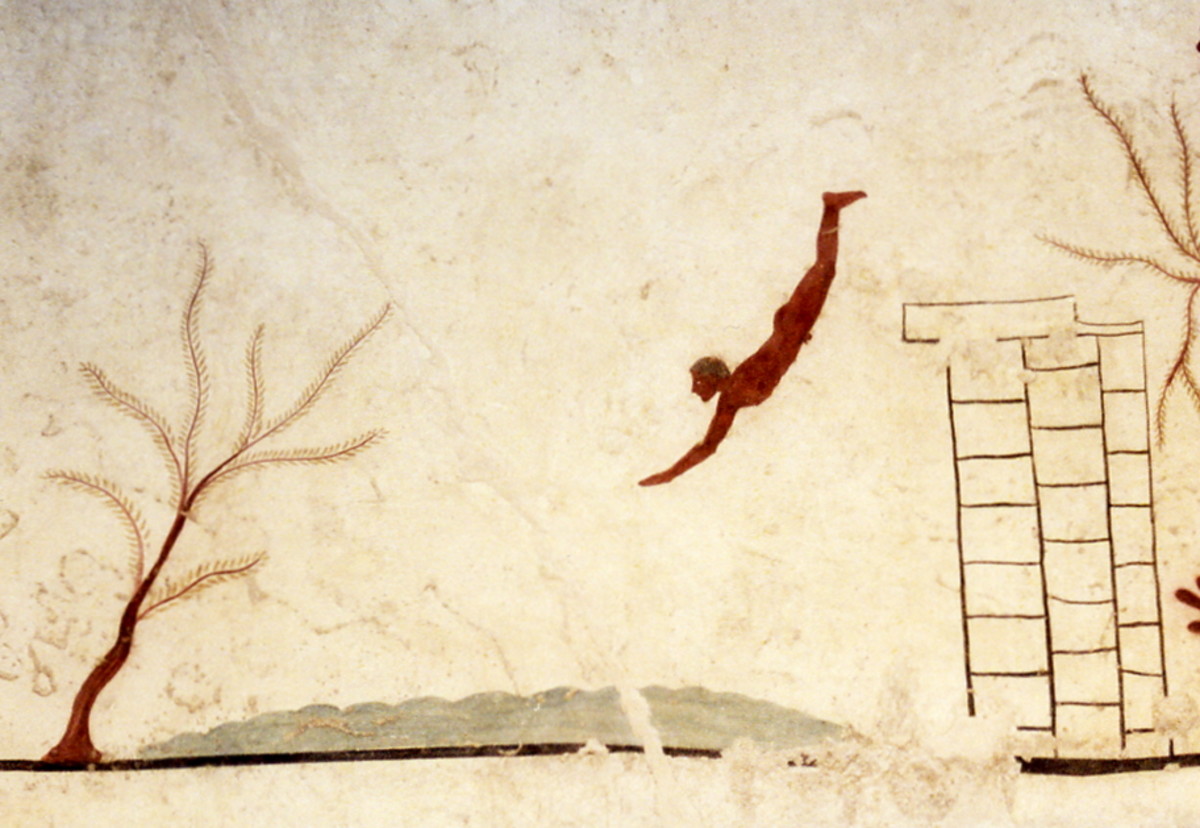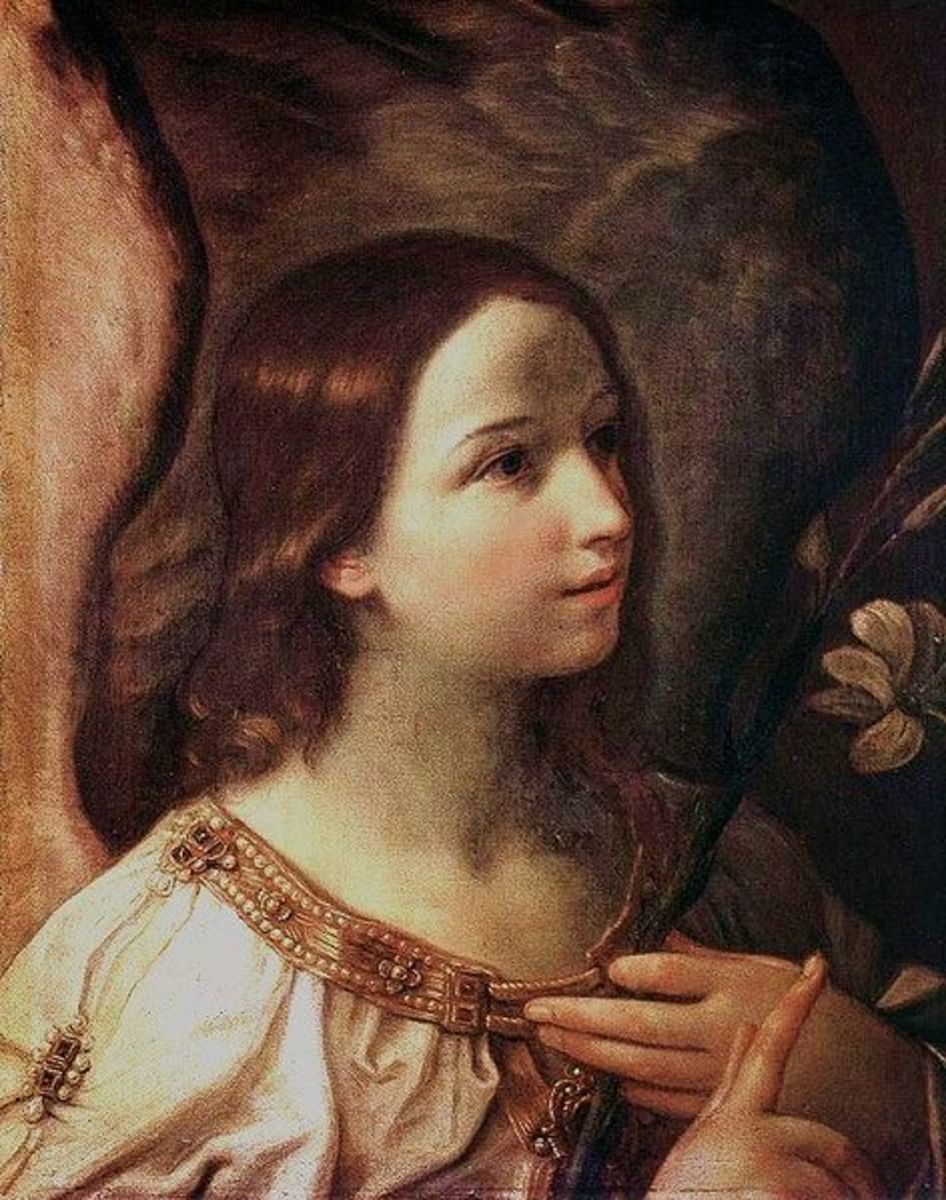Claude Monet
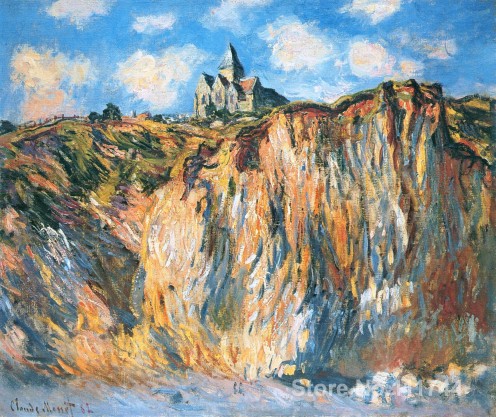
Impressionism
If someone wishes to impress you, their wish is to convey a vivid picture of themselves, to leave you with an impression of who they are. The picture they give you can take many forms, it can be a characteristic, a trait, or a feature. The art of impressionism isn't so very different from the desire to leave an impression, thus, its name.
Impressionism embraces the changing qualities of natural light, and it takes enjoyment from the way that light changes the hues of color we see in our environment, blues, greens, reds, yellows, oranges; the shimmer of the moon; the glistening of the sun, still water and reflections. Moments are captured rather than planned, brushstrokes are quick, messy, and visible to the eye. Subject matter is ordinary, and yet at times can seem to be unrealistic, but only if you're standling too close to the canvas........... Back up a few steps and look again................. !
The word Impressionism originated from a painting titled, "Impression Sunrise," and it's artist, the French painter Claude Monet, was not only one of the creators of the movement, but one of its greatest members as well.
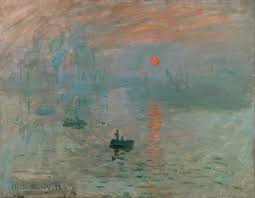
Monet the Artist
Like other Impressionists, Monet's work was not particularly appreciated by the more traditional judges at the Salon in Paris. Occasionally, his entries found acceptance, more often than not, they didn't. The use of Gleyre's studio was cost efficient; Gleyre had open an open door policy for the members of his artistic circle. Gleyre's models were also immediately available, and Monet made use of their low costs........ it seems the models were able to double dip; their presence alone allowed more than one artist to use them for inspiration. It was a win/win situation; the artists had models, and the models had a steady income..........
Monet's favorite model was a woman named Camille Doncieux. If you look closely at the painting Women in the Garden, you will see that each of the women in the painting share one thing, and that would be Camille's face. A few years after the painting's completion Monet would make his muse his wife. Many of his future paintings bear both her likeness and the likenesses of their children. Six years later Camille died, and her grieving husband immortalized her just one more time.
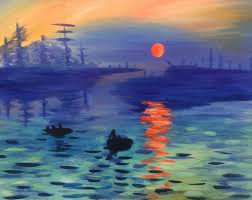
The Younger Years
Claude Monet was born in Paris (1840), although his fifth birthday found the family heading for the seashore, and a small shipping village named Le Havre, in Normandy. Claude's father owned a grocery, and his father was determined that Claude would follow in his footsteps, but that was not to be. Claude wanted to become an artist.
Living near the docks, watching the ships, and the constant stream of new people moving through Le Havre's small port made Claude's life quite interesting. While in school, Claude spent more of his time drawing pictures of his teachers than anything else. What he felt he lacked in intellect was quickly covered by his quirky sense of humor. In fact, that sense of humor was the basis for his initial artwork. Monet, gave a whole new definition for the word "caricature," and he gave those he caricaturized a form of immortality. Monet earned his first commissions hiring himself out as a caricaturist.
Monet enjoyed the income from his drawings, but it wasn't until Normandy's well-known local artist Eugene Boudin introduced himself that he found his true love; the love of painting. Boudin encouraged Claude to take his work "outside." They lived amidst the erratic beauty of the sea, beaches were wild and free, ships would come and go; life in Le Havre was most abundant when breathing in the fresh air and ocean breeze. Studios were stuffy; the light was unnatural and uncooperative. Boudin taught Monet a variety of techniques (Boudin worked exclusively on plein air paintings), and he encouraged him to journey to Paris for study, and after a brief stint in the French Army, he did just that.
In 1862, Claude left his home for Paris, but unhappy with his studies, and even unhappier with the traditional styles taught by the masters at the university, he soon moved onto to study with Charles Gleyre, the famous Swiss painter whose studio was at the "Rue de Universite." Gleyre is most well known for his decorative panels, Diana Leaving the Bath and Young Nubian, but to Monet, Renoir, and a host of other students he was a teacher, a teacher who never took payment or reward. Charles Gleyre considered himself a mentor, he considered his salon an artist's haven. And he loved the artistic and political conversations that ensued within what he saw as his own personal social club.
While studying with Gleyre, Monet struck up lifelong friendships with other artists; Pierre-Auguste Renoir, Alfred Sisely, and Frederick Bazille. Monet also shared with his contemporaries the love he'd garnered for painting outside, and they regularly made trips to the countryside where they painted together. Not so many years before this would have been difficult, but John G. Rand's (American portrait painter and inventor) invention of the "paint tube" in 1841 literally liberated the artist. Paint no longer had to be purchased as dry pigments, grinding was no longer necessary, and storage (pig bladders or animal skin) was no longer an issue. Paint had become mobile, and artists had gained freedom. Artists were now able to work outside showing little regard for the weather; fog, sun, twilight, or sunrise......... and they were able to capture the changing quality of light which enabled them to create an impression of reality. Renoir once said, "Without tubes of paint, there would have been no Impressionism."
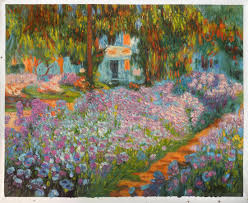
Perfecting the Art
Following Camille's death, Monet began to work in earnest producing numerous pieces of art. The Salon of Paris didn't appreciate Monet's work, nor the work of the other members in his group. Truthfully, the public turned their backs as well, preferring paintings that focused on historical perspectives, paintings that told a story, paintings that showed their subjects in clear, sharp images. Viewers weren't gravitating towards the simple beauty of a landscape or garden; they didn't understand the brushstrokes that couldn't be deciphered upon close examination; they simply didn't like it, but the artists worked on, and today, the viewer appreciates them for the ordinary, everyday beauty they depict. They are quite simply, masterpieces!
But back to Monet, undaunted by public opinion he continued to perfect his chosen medium. He was captivated and obsessed with a desire to capture the reflection of sunlight, to convincingly portray the shadows emanating from a nearby tree. In the painting Gare Saint-Lazare, he was even able to realistically capture the dampness of the steam as it escaped the engine of a train. If his goal was perfection; I think he reached his goal.
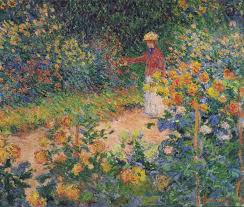
The Later Years Claude Monet
"I have always loved the sky and water, leaves and flowers... I found them in abundance in my little pond." Claude Monet
Monet's artistic side did not end with the joyful completion of a canvas; his love of beauty and nature ran far deeper and found many outlets, and one has only to glance at the paintings so lovingly done during the later years of his life to find proof of his true genius.
Extensive travels fueled Monet's passion for gardening, and the gardens at his home, Giverny may have been his greatest accomplishment. Giverny's gardens are a place of peace; they're the truest definition of eye candy. Bright colors, intricate planning, and nature's perfect pond. Monet carefully planned the beauty it holds, carefully choosing the garden's flowers to compliment the seasons, picking each bulb, vine, annual, and perennial so that their colors would blend, so that each season would welcome new life.
1892 found Monet expanding the grounds of his home. His purchase was a small piece of land just across the road, and his purchase would prove to be his most ambitious project. By diverting a small stream of water Monet was able to create a pool; that pool would soon become a water garden. Surrounding the pool with carefully chosen flowers, reeds, bushes, and willow trees Monet created a small paradise; he also created what would be his greatest inspiration.
Fascinated by water and the way sunlight consistently cast ever changing reflections on its surface was irresistible. A bridge was erected, water lilies found a new home, and Monet went to work. He found solace in his home; he found inspiration in his surroundings, and in the last twenty-five years of his artistic career he painted more than 250 canvases of his waterlily pond.
If we find beauty in Monet's gardens, I can only imagine what he saw in the Japanese paintings and prints that sparked his own creation. Never having traveled to Japan, Monet's admiration was derived from the numerous Japanese landscapes he viewed in Paris shops, but it wasn't just admiration; Monet had a collection of over 200 Japanese prints at the time of his death, all hanging on the walls in his home.
Claude Monet passed away on December 5, 1926; he was 86 years old. What you've seen here is only a portion of his legacy.......... visit a galley, google an image, but do enjoy what he's left us.......... you'll find it was worth it!
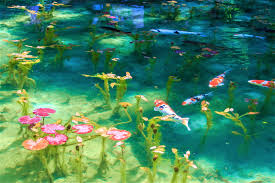
© 2019 Awdur


